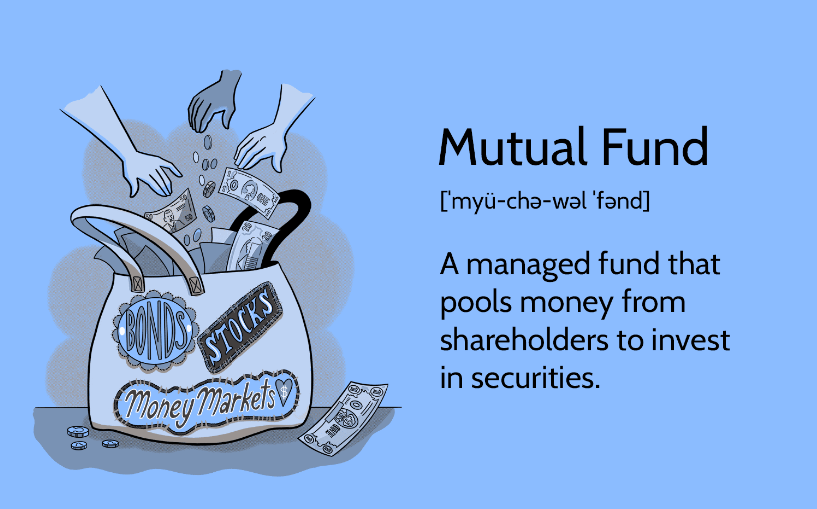The low risk that comes with purchasing premium government debt is only relevant if you plan to hold your bonds until they mature. You only get the benefit of their fixed value at redemption after that. The losses can be enormous if you sell before maturity or, worse yet, if you’re a distressed seller.
You’re most likely investing in bond funds incorrectly if you’re saving for your retirement. You don’t have to believe me; just have a look at the Bank of England. The struggles faced by the Bank have brought attention to the dangers associated with fixed income securities investing, not only for individual investors but also for professionals.
Since the MPC members disclosed a three-way split on February 1st, fixed income securities yields have increased significantly. Four voted for no change in interest rates, two for stricter policy, and one for easing.
Nonetheless, since the Bank has been implementing quantitative easing repeatedly since the 2008 financial crisis, UK lawmakers are worried about losses that could result from the Bank selling some of the government fixed income securities it has amassed. During its hearing on the subject on Tuesday, the Treasury Select Committee estimated that the Bank’s quantitative easing program would cost taxpayers £80 billion ($101 billion) over its whole lifetime.
The issue is that investing in high-quality government debt carries a low risk, but only under the extremely specific condition that you hold your fixed income securities until they mature. You only get the benefit of their fixed value at redemption after that. Losses can be enormous if you sell before maturity or, worse yet, if you’re a distressed seller, as the Bank’s current situation shows.

Furthermore, this risk is amplified during interest rate cycle turning points, which we are rapidly approaching. At these times, stocks and fixed income securities are likely to become highly correlated, depriving investors of bonds’ other valuable attribute: portfolio diversification. Bond yields surged in 2022 as a result of central banks tightening policy, which precipitously dropped stock prices. Then, as of late last year, the roles were reversed, with bonds and stocks rising simultaneously on the (now unfounded) expectation of rate cuts this year.
Bonds’ primary function in an expert portfolio is typically to balance assets and liabilities. Though even defined benefit pension funds occasionally make mistakes, they are better aware of this than most. The almost total collapse of the gilt market in 2022 served as a prime illustration of institutional investors mishandling bonds.
Certain pension funds made an effort to lower the cost of hedging by using the leverage on their fixed income securities holdings. However, they were forced to sell their assets well below face value as the market crashed, depleting the value of pension funds by as much as £425 billion. This was somewhat mitigated by the fact that the funds’ pension liabilities shrank as a result of rising bond yields.Nevertheless, the disturbance significantly worsened the Bank of England’s QE problems and all but destroyed the gilt market.
To the bafflement of individual investors who depend on stocks to grow their pension funds, asset managers have dramatically increased their exposure to the bond market over the past 20 years while decreasing their holdings of stocks. As was common at the time, health-care retailer Boots held 75% of its pension assets in stocks in 2000. However, when it made the abrupt decision to precisely match its assets and liabilities with 100% bonds in 2001, the pension community was rocked. In doing so, it cut its fees and dealing costs annually to just £300,000 from £10 million.

The industry as a whole has imitated this bond strategy to such an extent that final salary pension funds now own just 6% of their assets in UK stocks. Politicians have been trying to force investors back into UK stocks in an effort to stop this outflow.
Returning to bonds, individual investors can try to imitate the pros to some extent. But for a lot of people, bond funds and exchange-traded funds (ETFs) are the main ways to get into the bond market. Regretfully, this implies that they encounter the exact same volatility and valuation issues plaguing the Bank of England.
A common approach that many pension providers recommends, which gradually transfers a saver’s assets from equities into bonds in the six to ten years prior to their intended retirement, has brutally exposed the risk associated with bond funds. Several older workers were moved into bonds as a result of this so-called lifestyling strategy right before the market crashed in 2022. Rather than safeguarding their savings, this de-risking effort caused some to experience valuation losses exceeding 30%.
The much-maligned 60:40 (stocks/bonds) retirement portfolio strategy, which gained popularity prior to the 2022 bond selloff, is also affected by this. Bonds can provide some diversification, but more often than not, they can make losses worse.



